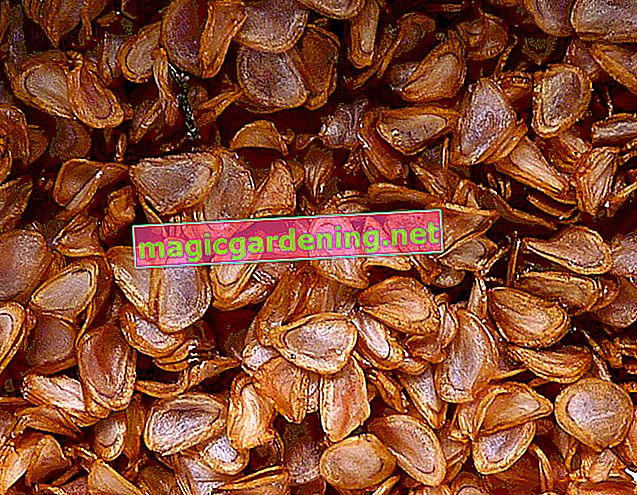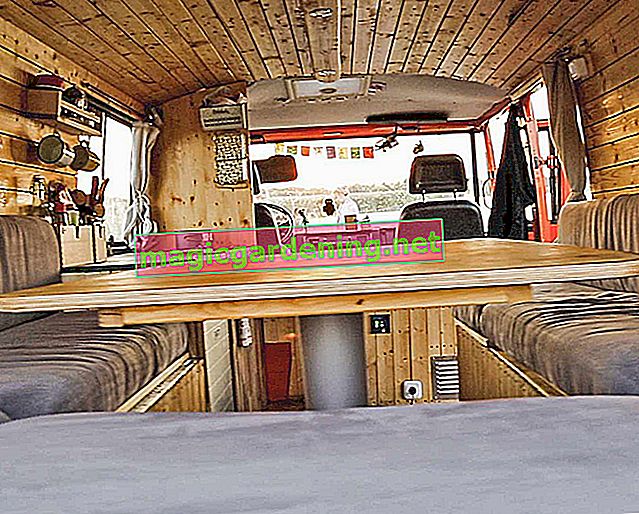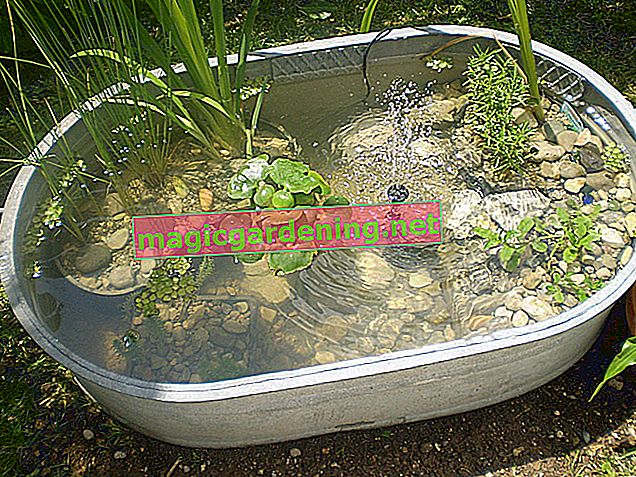
Damp wood rots quickly
The substrate in a raised bed should always be as moist as possible and not dry out. Wood, on the other hand, must never come into contact with damp earth, otherwise it will rot quickly. Therefore, you should always set up such a bed so that the lower edge can dry off quickly after a rain shower. Ideally, your raised bed has a plastic or metal profile to protect against ground moisture so that the wood does not come into contact with the ground in the first place. If this is not the case, you can also place the bed box on a row of slabs or stones. Protect the inner walls of the raised bed with a robust film.
also read
- Which is better in the raised bed: fleece or foil?
- Can you build a raised bed without a foil?
- Which foil should you use for the raised bed?
Which foils are suitable for lining a raised bed
Water-permeable fabrics such as fleece are not suitable as bedding because there is no protection against moisture here. Rubber, PE and PU films, which are normally used for pond construction, are suitable for this. Pond liner in particular, which has to keep large quantities out, is ideally suited for this purpose: it is very robust, tear-resistant, absolutely impermeable to water and rot-resistant. If you want to use parts left over from the pond construction, the individual strips should overlap by a good ten centimeters at the seams. Knobbed film specially made for the construction of a raised bed can also be used. This usually has the advantage that - in contrast to conventional pond liner - it is free of harmful plasticizers. In addition, the dimpled sheet is used for drainage,because here excess water is drained along the bed walls.
Raised beds that can do without any foil
The sole purpose of lining the raised bed with foil is to protect the wooden bed box from moisture damage. Of course, such a protective measure is not necessary for all raised beds: Beds made of high-quality aluminum, Corten steel or stone, for example, usually do not require any additional lining, as these materials are more or less resistant to moisture. In principle, plastic does not need a lining either, but attaching a (harmless) film makes sense for other reasons. Plastic often releases harmful substances to the substrate, so that a film is inserted as protection against it.
Line the raised bed with foil - this is how it's done
Lining the raised bed with foil is very straightforward: The best thing to do is to simply fold the foil over the edge and secure it with a cover board. But you can also staple them on the inner edge with a fabric tape and large, rust-free staples or fasten them with roofing felt nails. Attaching a fabric tape makes sense as it can prevent the film from tearing off. No further fastening of the foil is necessary. It can therefore hang loosely in the bed, but should at least reach down to the ground.
Tips
The wood of the raised bed must never be damp when the foil is attached. After rainy weather, let the wood dry well for at least a day before sealing it with foil.








